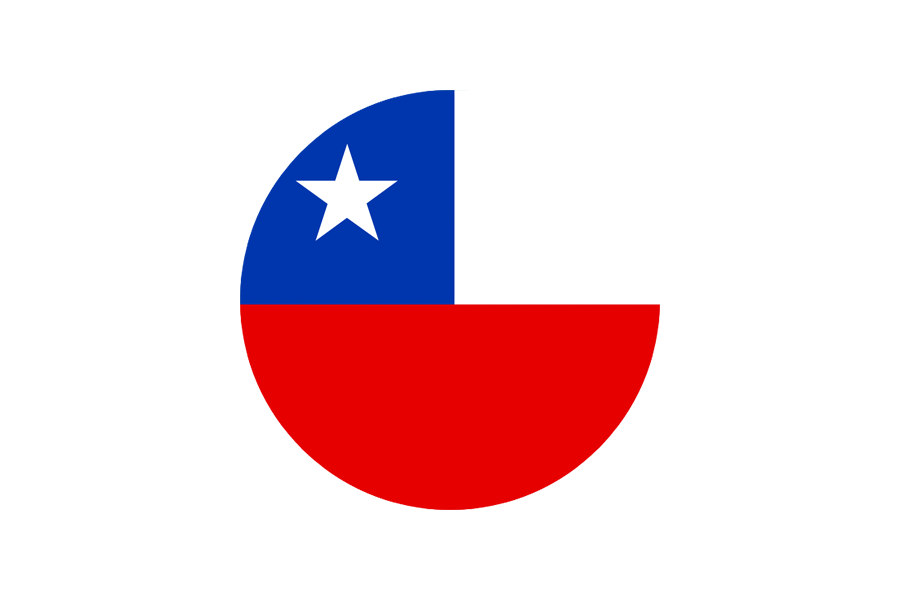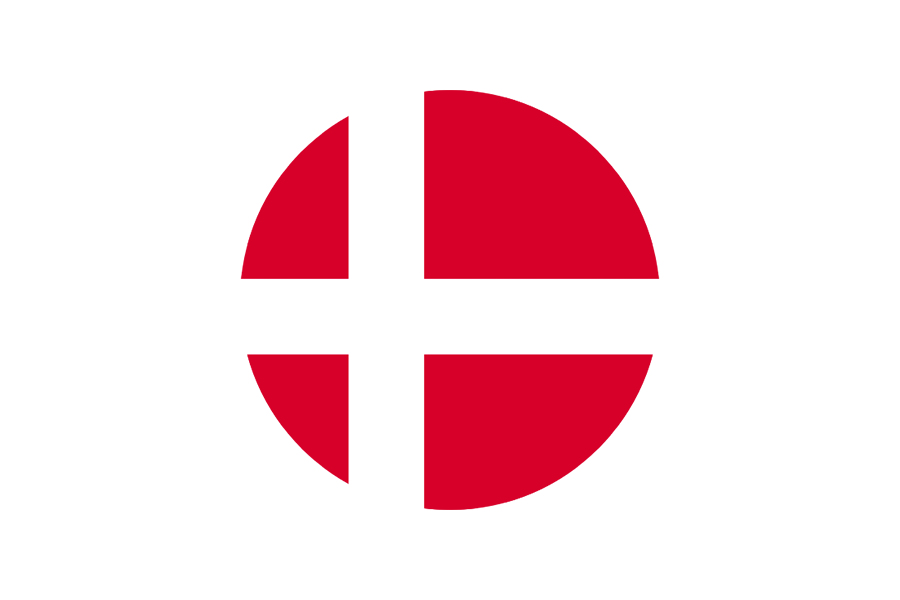foreign-owned companies
International Trade
In addition to Tampa/Hillsborough government, there are a large number of private businesses, and non-profit trade associations playing major roles in the County's international trade efforts. Since the private sector fuels the growth of exports/imports and investments, the private sector is both the County's partner and client. Many large and mid-sized Tampa Bay based firms are already exporting and importing their products and services successfully. Through their presence abroad and ability to attract buyers to the area, these firms serve as unofficial ambassadors for the quality and diversity of Hillsborough County exports and imports and could be utilized as mentors or role models for other companies interested in exporting and importing.
The County’s international organizations can play a critical role in promoting international trade by providing integrated and effective technical assistance to companies and municipalities desiring to transact international business. Through the assistance of these organizations, the County can be more effective in competing internationally by:
Expanding sales of products and services by export-ready firms;
Increasing the number of firms exporting and importing goods and services;
Providing direct assistance to companies to assist their export/import activities; and
Assisting in the development of a network of trade assistance organizations that can help businesses successfully complete export/import transactions.
International Trade Policies
U.S. – Colombia Free Trade Agreement
Background
The United States-Colombia Trade Promotion Agreement (TPA) was signed on November 22, 2006 (3). This Free Trade Agreement (FTA) between the United States and Colombia entered into force on May 15, 2012 (1). On the day of implementation, over 80 percent of U.S. industrial goods exports to Colombia became duty-free including agricultural and construction equipment, building products, aircraft and parts, fertilizers, information technology equipment, medical and scientific equipment, and wood (1).
U.S. - Colombia FTA is a comprehensive Free Trade Agreement whose main goals are:eliminates tariffs and other barriers to goods and services (4)
promotes economic growth for both (4)
support more jobs (5)
increase trade between the two countries (5)
enhance both countries’ competitiveness (5)
facilitate cross-border movements of goods and services
promote private investment in and between both nations (1)
ExportsU.S. merchandise exports to Colombia totaled $14.3 billion in 2011, up 18% from 2010 (2).
Florida's export shipments of merchandise all over the world, in 2012, totaled $66.2 billion. A total of 60,147 companies exported from Florida locations in 2011 (11).
In 2012, Florida was the 2nd largest state of U.S. exporters of merchandise to Colombia.
In 2012, Colombia was Florida’s 5th largest export market. Florida products export to Colombia amounted to $3.1 billion (10).
Florida’s top exports to Colombia are: electrical machinery, civilian aircraft, engines, medical instruments, organic chemicals, plastic and mineral (2).
Foreign exports from Tampa Port Authority to Colombia in 2010 totaled $125,218,335 (13).
ImportIn 2012, imports from Colombia amounted to $24.6 billion, a 7 percent increase relative to 2011, making Colombia the United States’ 20th largest source of imports worldwide (12).
57 percent of total Colombian exports to the United States benefited from the FTA.
The United States is main destination for Colombian exports (14).
Colombia is Florida's 4th leading import markets (10).
Florida’s top imports from Colombia include: gold, cut flowers, oil, coal, and coffee (18).
Foreign imports from Colombia to Tampa Port Authority States in 2010 totaled $17,261,550 (13).
DisadvantagesThe several committees and working groups established to handle the free trade agreements to protect the interests of the countries involved can be quite expensive (7).
The removal of international trade barriers can open up some domestic industries to unsustainable competition. Colombian markets are not on the same level as the Florida industry and is able to produce a certain commodity way below cost. Many Florida industries may be unable to compete under these conditions (7).
Miami and Port Everglades (in Fort Lauderdale) have the established ocean services, so they would reap the vast majority of increased trade with Colombia and get the immediate benefit, but Tampa may not see a big change because none ocean services sails directly to Colombia (8).
Florida companies outsourcing to Colombia for cheaper business causes the dismissal of American workers (3).
Colombia is widely referred to as the most dangerous country in the world to be a trade unionist. The Labor Rights in Colombia are not respected (3).
AdvantagesThe implementation of this agreement will help the United States regain a competitive advantage in Colombia, where U.S. agriculture’s market share has fallen in recent years as Colombia has implemented free trade agreements with Canada, the European Union, and other partners (6).
The Agreement establishes a stable legal framework for U.S. investors operating in Colombia.
The TPA guarantees the protection of U.S. copyrights, trademarks, and patents registered in Colombia (16).
Stronger protection and enforcement of intellectual property rights in Colombia (1).
The FTA with Colombia is an opportunity for businesses, farmers and workers to invest in and do business with Colombia. More income opportunities for businesses, in theory, should equate to job growth and improved economies for both countries (3).
Florida’s agricultural exports to all countries, estimated at $1.5 billion in 2010, supported roughly 12,600 jobs, on and off the farm. These export sales make an important contribution to the Florida farm economy, which had total cash receipts of $7.8 billion in 2010. The Colombia TPA eliminates tariffs and other barriers on most agricultural products, increasing export opportunities for a range of Florida’s agricultural products, including fruits, vegetables, and beef (9).
In the agreement is included a number of regulations which would open up both governments to greater transparency and address the critical issues of environmental protection, workers' rights and corruption (16).
The U.S.-Colombia FTA would create new opportunities for Florida businesses, workers, farmers and ranchers thereby create new jobs for Floridians (8).
OpportunitiesColombia’s economy is the third largest in Central and South America (4).
Colombia’s economy is forecasted to grow at 4.1 percent in 2013 according to the IMF’s World Economic Outlook (12).
A free-trade deal with Colombia could boost U.S. exports by $1.1 billion. Florida is among the states most likely to get a boost from free trade agreements with Colombia (5).
The Agreement will provide significant new access to Colombia’s $166 billion services market, supporting increased opportunities for Florida service providers (4).
Their economies are quite complementary in terms of products exchanged.
Grymes Cannon imports Colombian flowers in South Tampa due to the U.S.-Colombia FTA he will pays 4 cents less to the cost of each stem (8).
The Free Trade Agreement extends the Andean Trade Preference Act, which helps countries fighting against illegal drug production and trafficking by expanding their economic alternatives (16).
Missions will be established to connect participating Hillsborough County companies with Barranquilla, Colombia trade partners through one-on-one business match-making (15).
Tampa is the best gateway to the emerging markets in the Southeast and Latin America, and the partnership with Colombia can become an important economic driver for our region (15).
U.S. Export Growth
Since the U.S. – Colombia TPA took effect, U.S. goods exports to Colombia have increased 19 percent compared to the same period (i.e., June 2012 - March 2013) the previous year (12).
View the United States – Colombia Trade Promotion Agreement final text
Referenceshttp://www.ehow.com/list_6113059_disadvantages-trade-agreements.html
http://www.businessweek.com/magazine/content/11_17/b4225032089913.htm
http://www.fas.usda.gov/info/factsheets/Colombia/Colombia%20TPA%20Fact%20Sheet%2005-15-12.pdf
http://www.ehow.com/list_6310891_benefits-disadvantages-u_s__colombian-trade-agreement.html
http://www.tampabay.com/news/business/free-trade-agreements-hold-promise-for-florida/1198026
http://www.fas.usda.gov/info/factsheets/Colombia/Florida_CTPA_09-11.pdf
http://www.trade.gov/press/press-releases/2013/colombia-factsheet-051513.pdf
http://www.trade.gov/press/press-releases/2013/colombia-factsheet-051513.pdf
http://locationswww.myfbireport.com/trade/imports/value/USA_FL_Tampa_Port_Authority_96.php
http://www.cncworld.tv/news/v_show/24435_US-Colombia_TPA_takes_effect.shtml
http://www.eflorida.com/IntelligenceCenter/download/ITBD/TP/Colombia.pdf



















